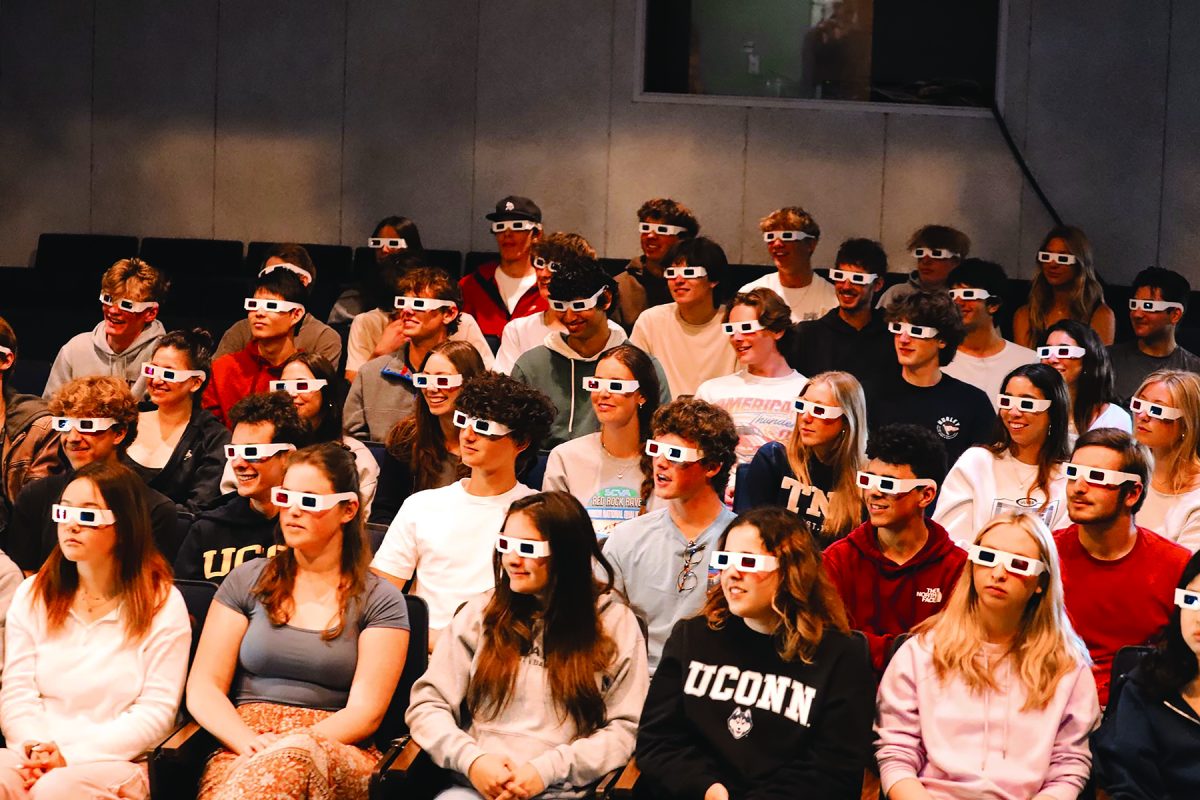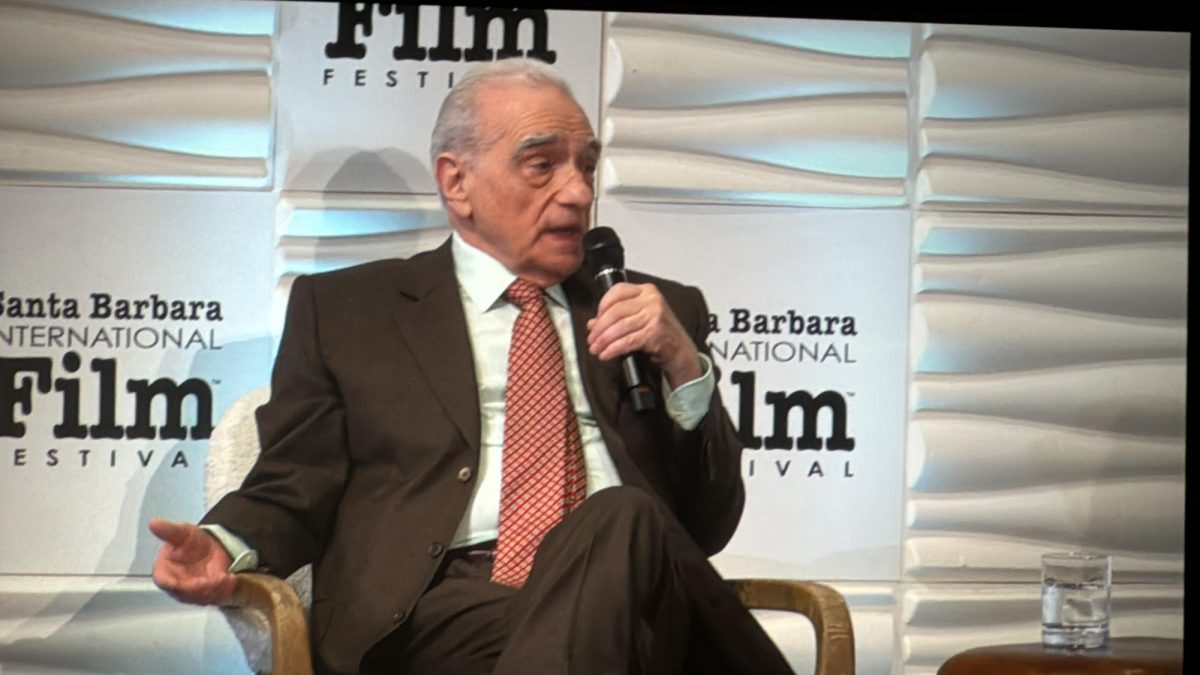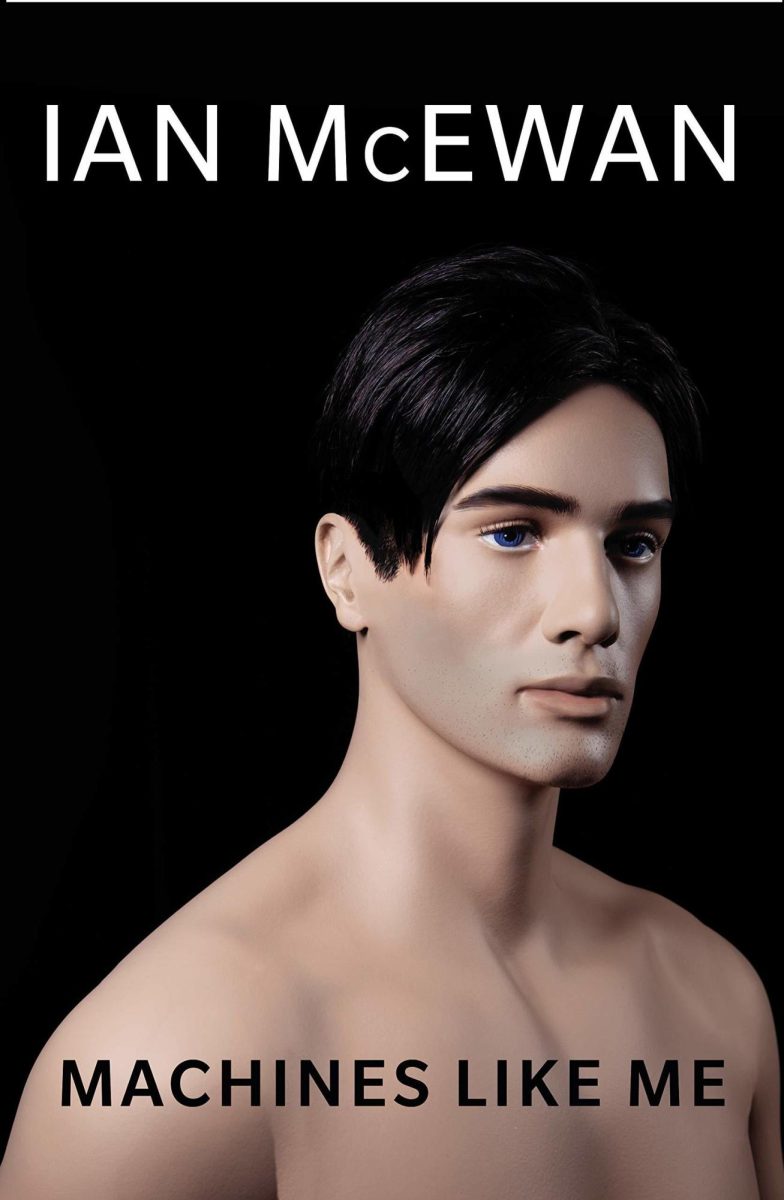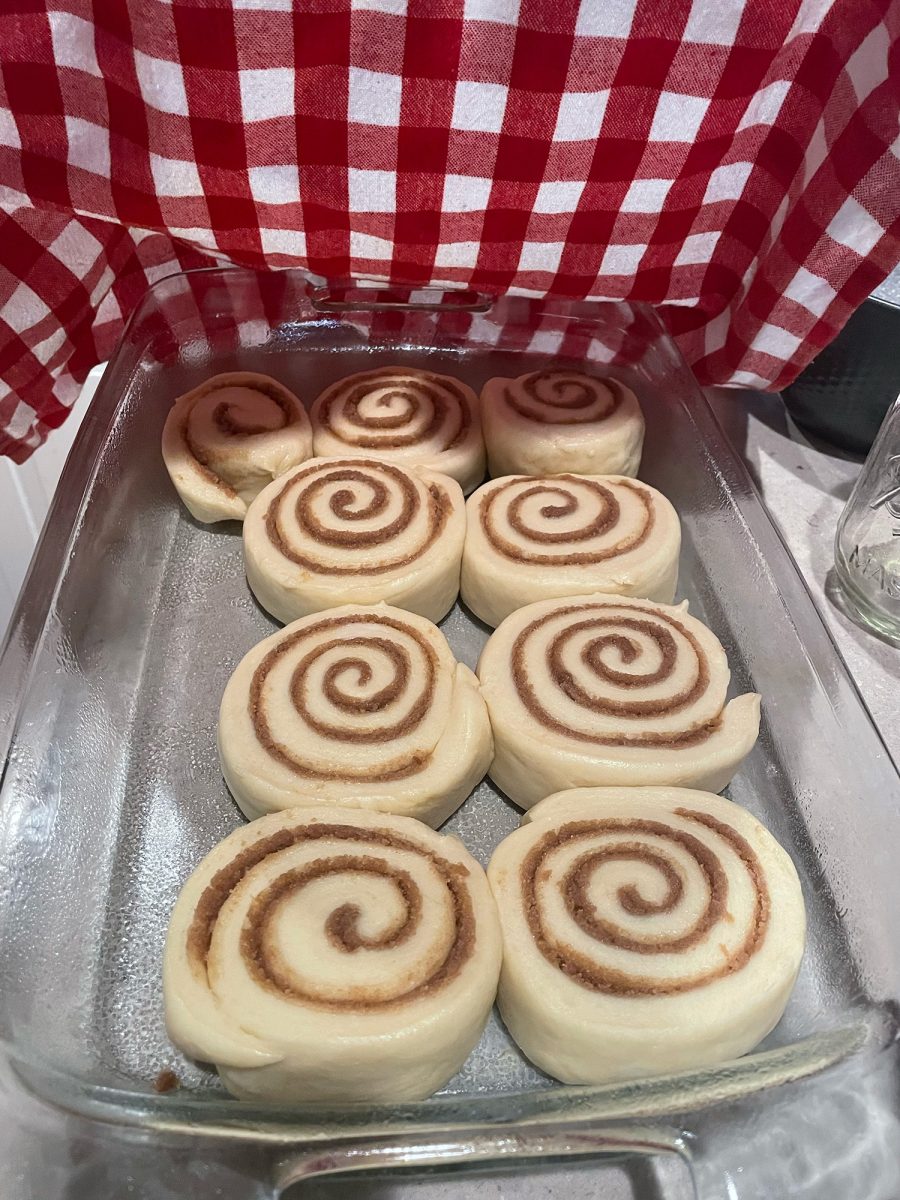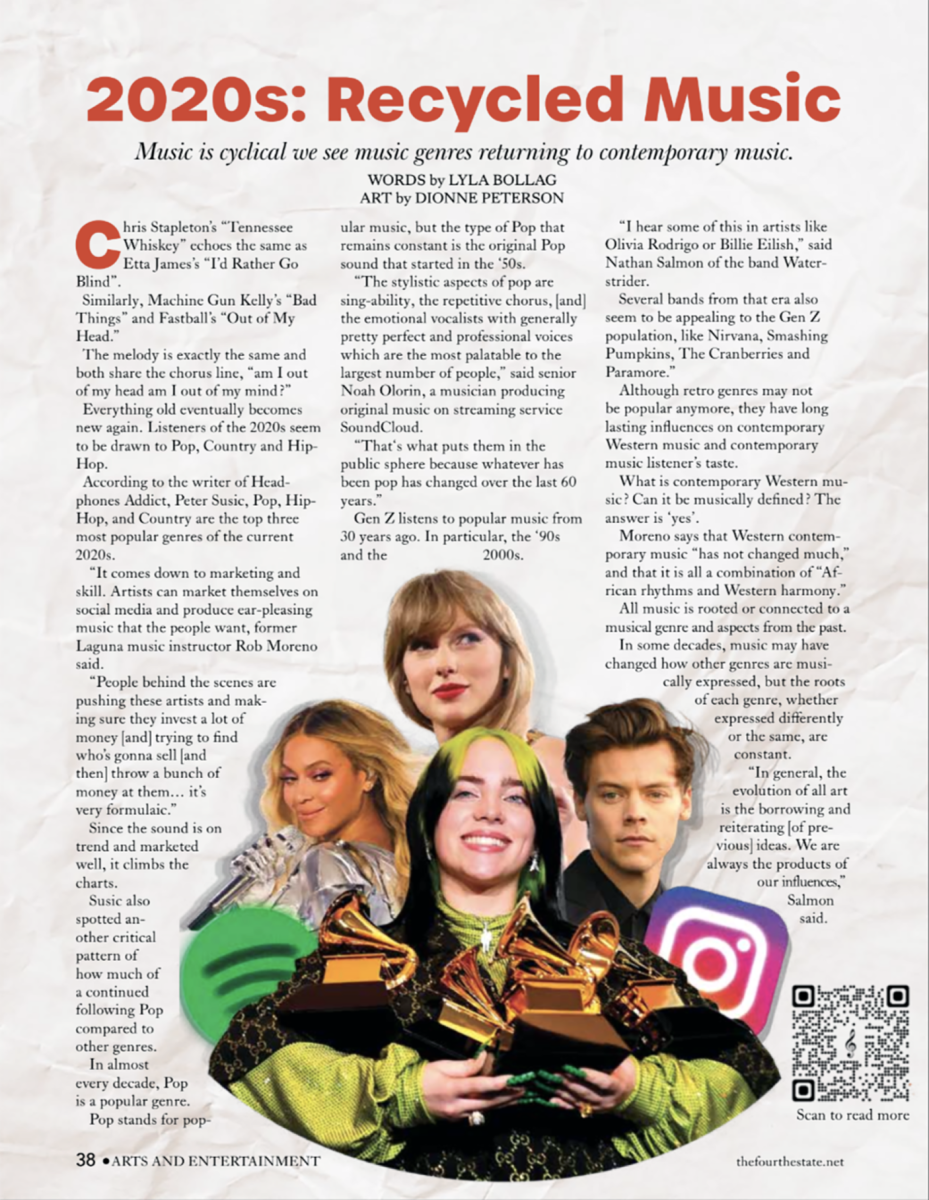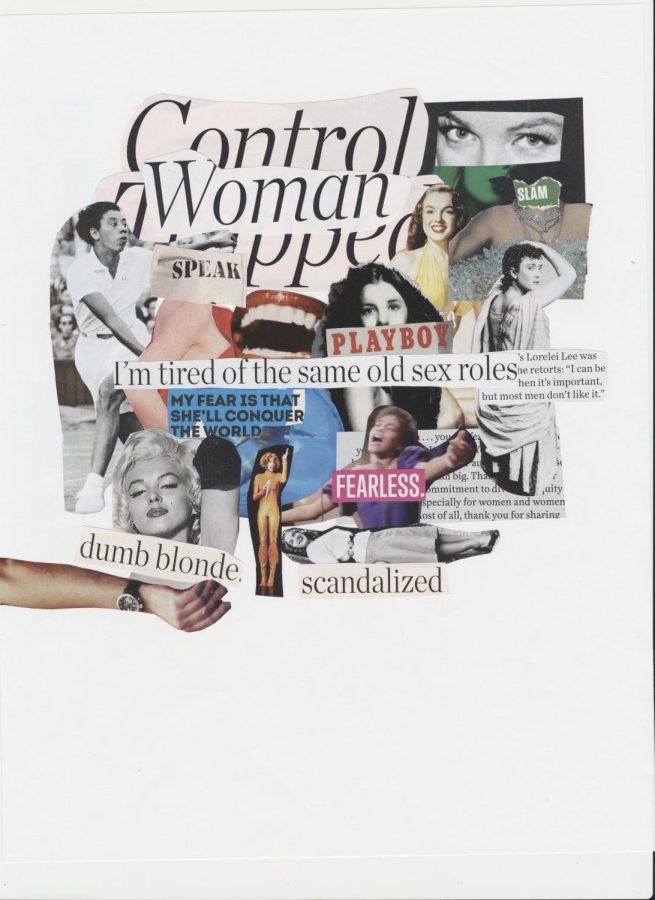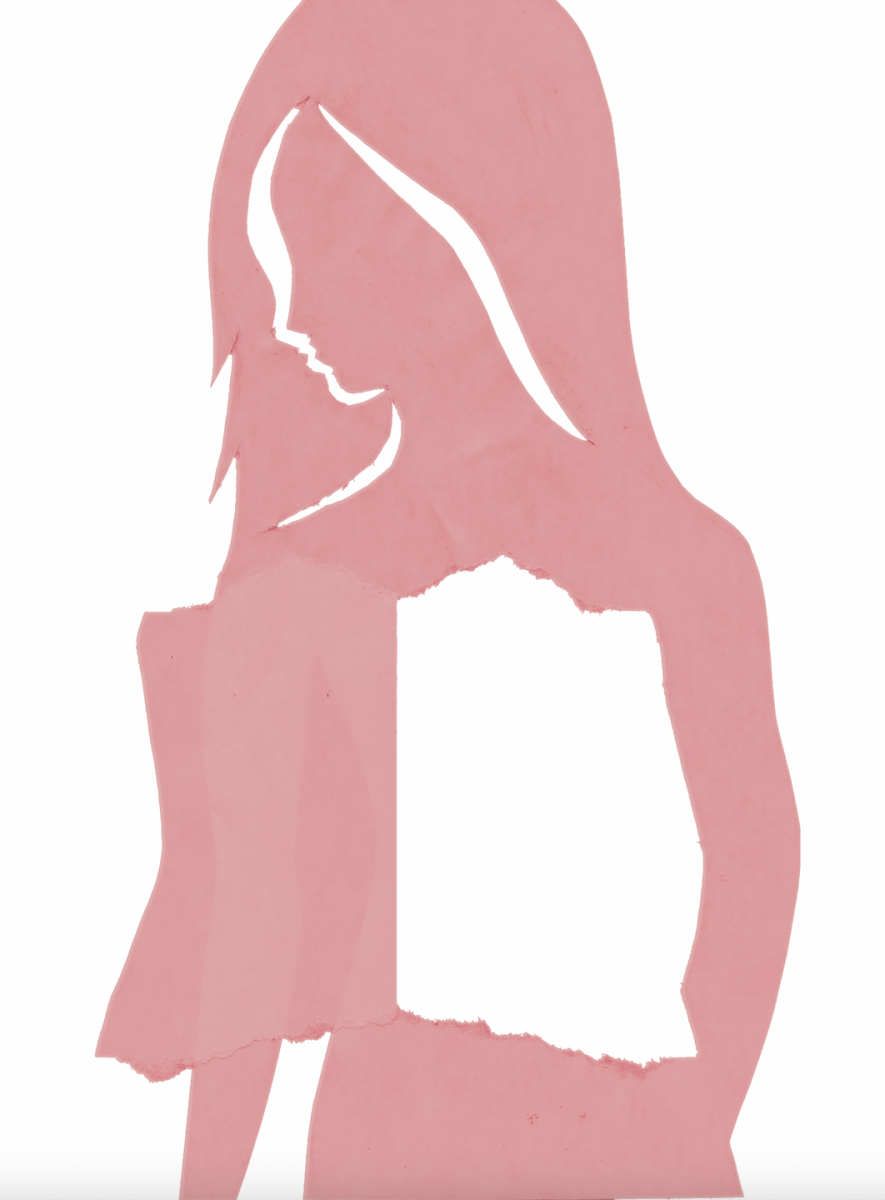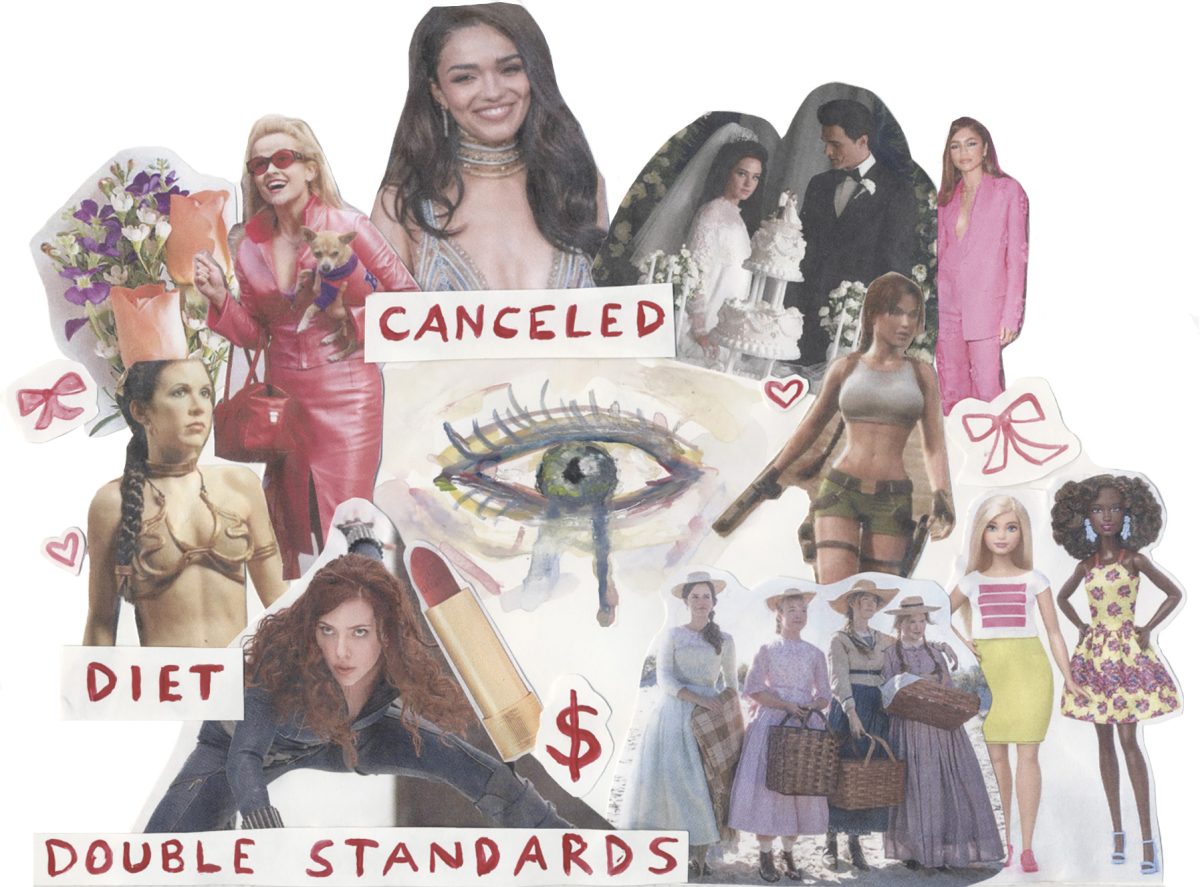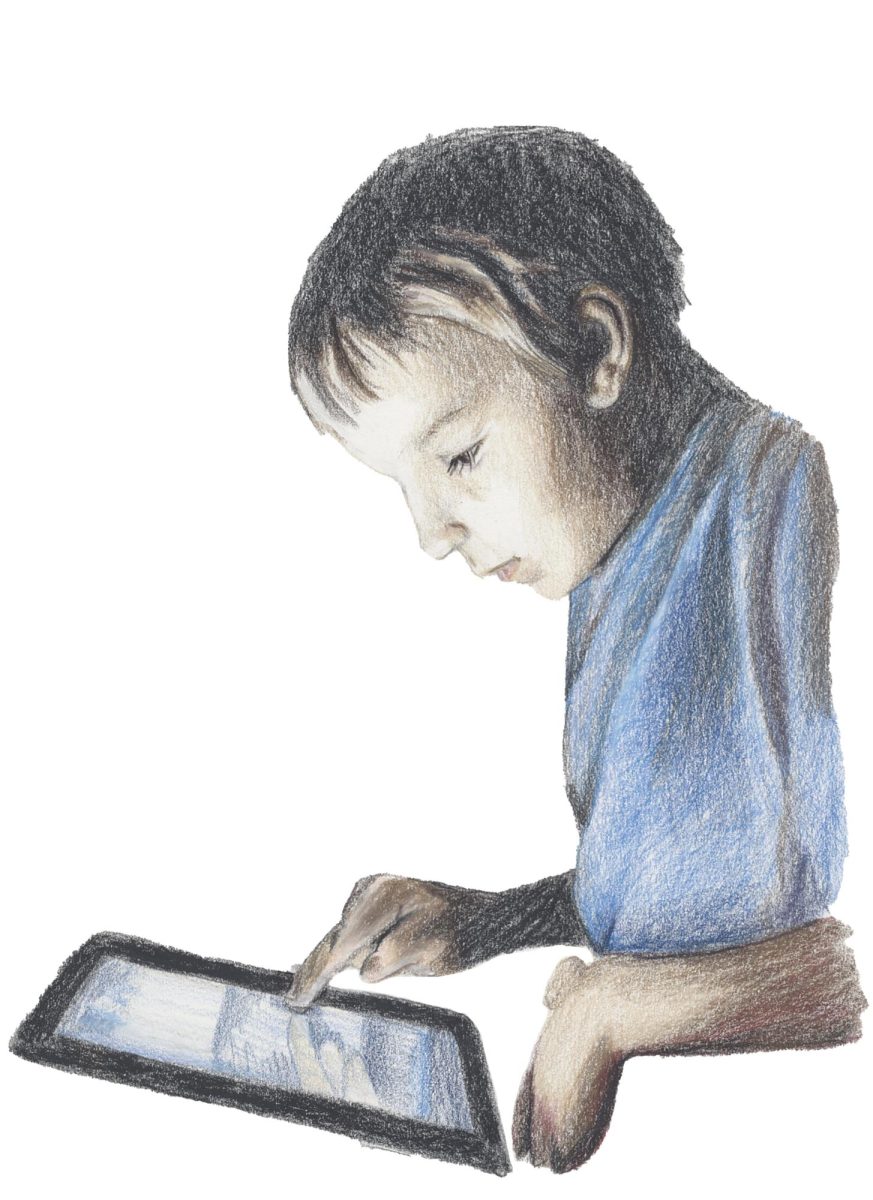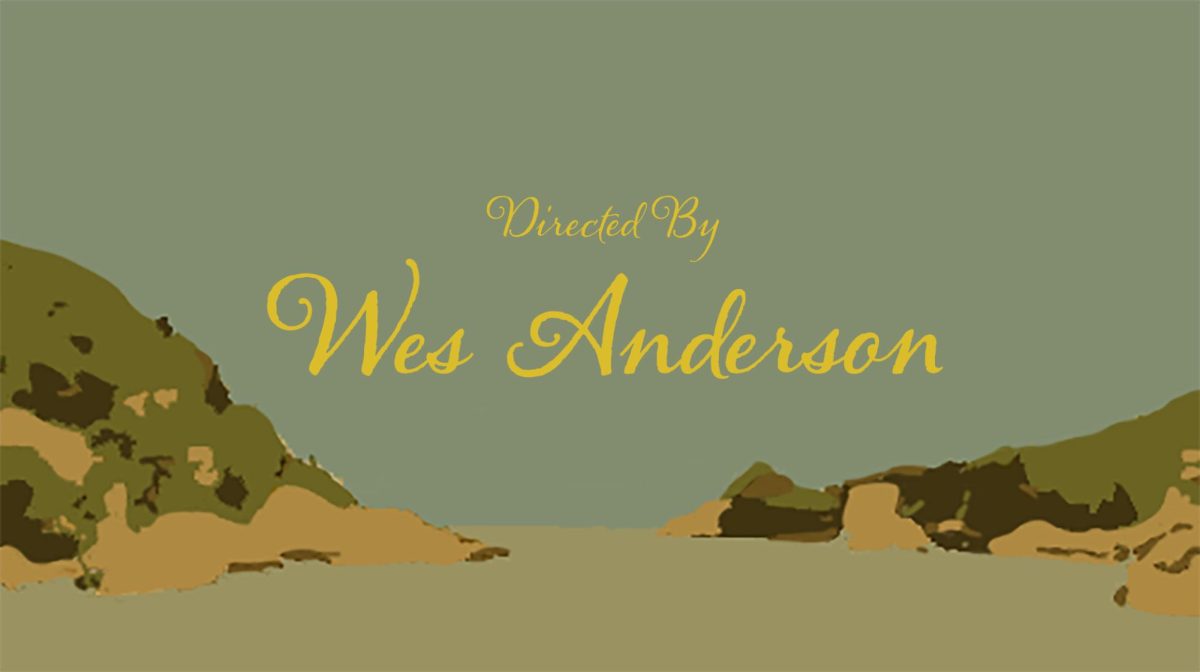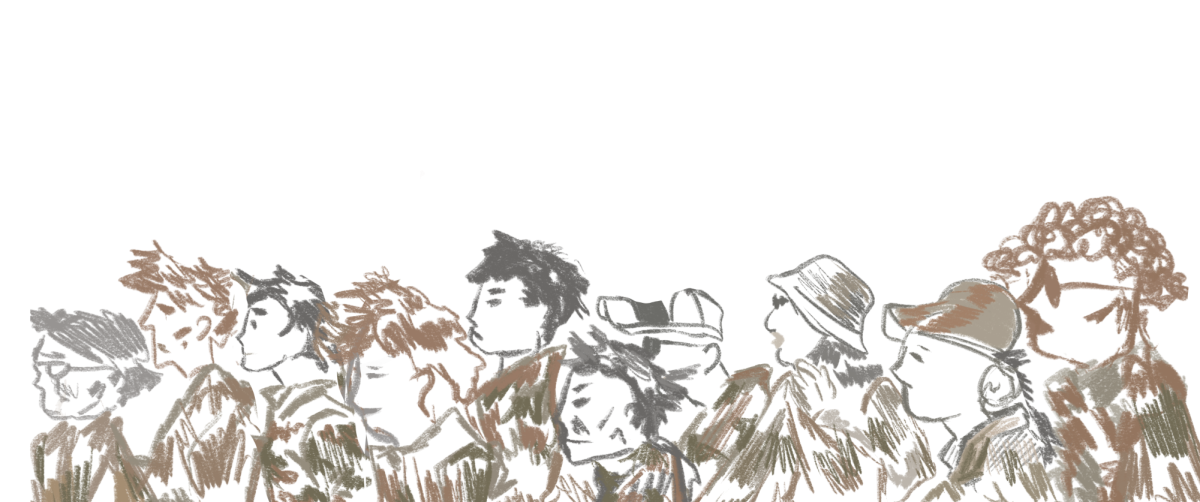 As a musician and an actor, our lives have always revolved around the arts.
As a musician and an actor, our lives have always revolved around the arts.
The stage is a workspace and a place where we are free to express ourselves as artists.
For both of us, the arts are our passions, possibly even our future careers, and we have dedicated our hearts and our free time in pursuit of them.
That is why it hurts so much to see that when the school system gets in financial trouble, the first things to get cut are the arts programs.
We are living in a time where the economy makes it difficult for public, and even private schools, to have access to the proper tools to educate their students.
No school wants to cut faculty salaries. Sports programs bring institutions pride while also combatting the obesity epidemic in this country.
Libraries and well-equipped academic facilities are obviously necessary in educating children in the modern world.
Summer school gives every student the chance to learn and grow.
That leaves art, music, and theatre programs to take the greatest cuts.
Every single program a school can offer has value, and the arts are not an exception.
Arts programs provide an economic benefit to schools. Money can be raised from the ticket and refreshment sales of a school production.
Beneath the dirt and sweat, the aesthetic aspect of a sports uniform is lost.
People come to the theatre not just for the acting, but for the set and the lighting, the costumes and the choreography.
All the elements combine to transport the audience into another world, and it is essential that each is given the proper amount of attention and funding.
Bands and ensembles often hold gigs outside of school concerts.
Through playing at various stages around town, from restaurants to art galleries to concert halls, the musicians earn prestige and gain valuable experience; playing for your peers is completely different from playing for strangers.
Musicians are minimalists when it comes to gigs; the bulkiest and most expensive equipment would be the amps, not necessarily the instruments themselves.
Apart from drum sets and pianos, most instruments can be stored in the trunk of a car or truck. And again, the ticket sales go towards the music program, perhaps even for the cost of future gigs.
As for visual artists, most have their art showcased at local art galleries.Not to mention all the work art students do for various school events.
Their art truly enhances the atmosphere of the functions; some pieces are even sold and that money goes straight to the school.

The most overused argument for cutting arts programs is that they don’t turn out employable workers.
However, people seem to be unaware of how much artists contribute to society. “The entertainment business alone employs 120,000 people in Los Angeles, and creative industries are the fourth largest source of direct employment in the region,” said Huffington Post reporter Robin Bronk.
For every forty-five minute Cable television show you watch, the network airs fifteen minutes of commercials. Each of those commercials is,
on average, 30 seconds long.
So, in the time that you watch one episode of your favorite show, about 30 commercials, featuring numerous paid actors, air.
Furthermore, most companies are obligated by contract to pay commercial actors for every single time that their commercial is aired.
Moreover, every jingle you hear on the radio was written and performed by musicians, and every set and costume on television was designed by an artist.
So, yes, contrary to the stigma, you can get a job with a degree in fine arts.
Art fosters problem-solving just like math does, except in new ways.
A 2009 study of U.S. students showed that students in art disciplines scored 91 points higher on SAT than their peers outside of arts programs.
Differences in thinking are celebrated among artists. What might be considered “out of tune” in classical music is simply an inflection device in eastern European music.
Salvador Dali employed some of the most bizarre artistic concepts and mediums known to man, but he is considered a brilliant surrealist.
In fact, aside from technique, we’ve never heard a person say “you’re wrong” without the accused artist being able to successfully defend his or her stance. The phrase “it’s not wrong, it’s different” holds great weight in artistic circles.
Even in at the lowest point of the Great Depression in 1933, 60-70 million Americans still went to the cinema.
Art has been a part of human culture since its beginnings. Artists reveal truth to the world while their art preserves it for posterity.
As artists, we define our generation. When students in schools one hundred years from now look back at what we did, they will study the art we created, not the balls we kicked around.




